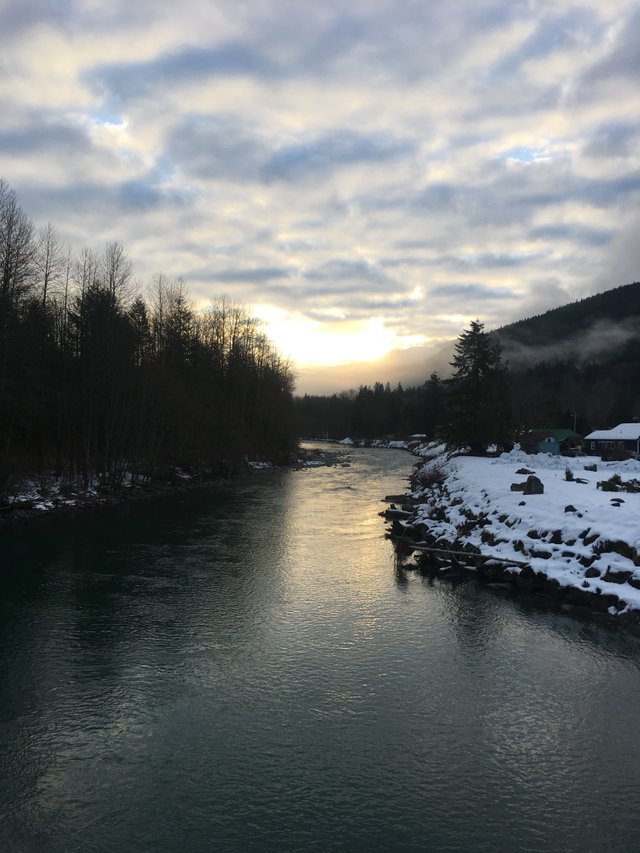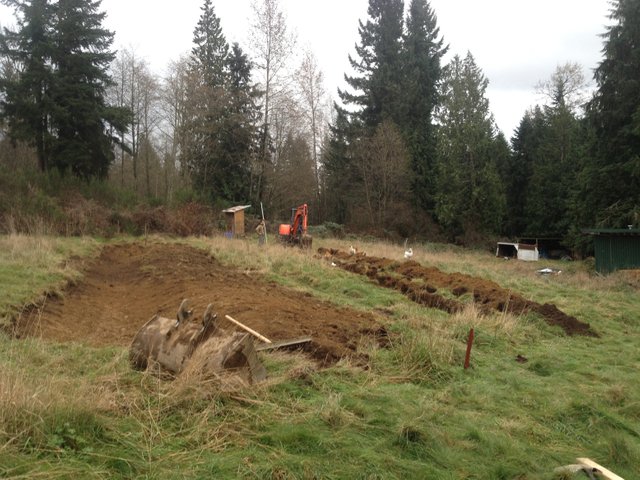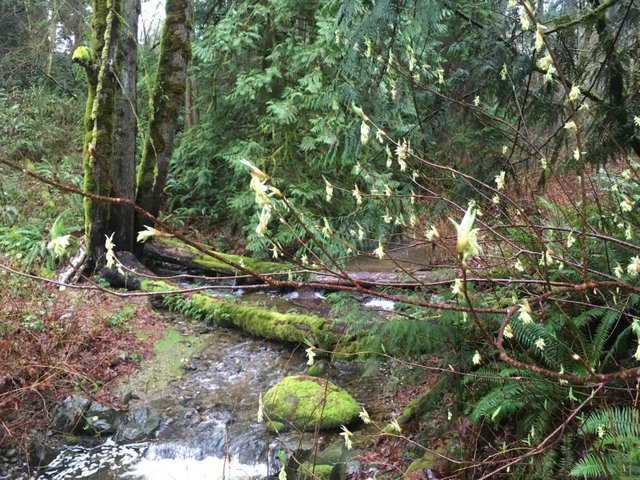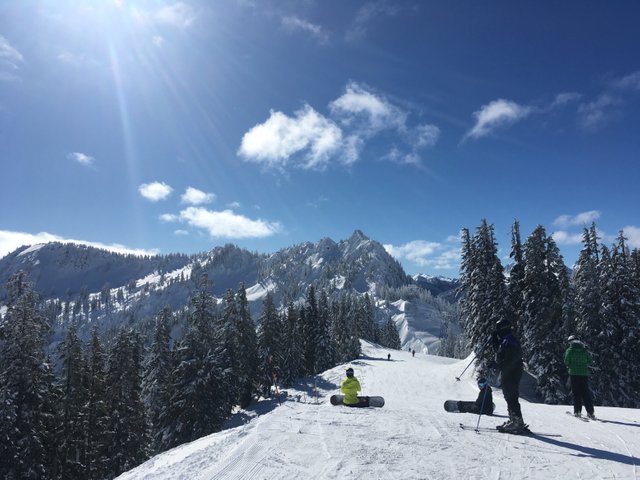SNOW PACK AND SUMMER DROUGHT

Leafhopper Farm is emerging as a productive restoration farm in the face of many challenges in our modern agricultural economy, but none so fierce as climate change. In the summers of 2015, 2016, and 2017 we had record droughts. In the winters of 2016 and 2017, we broke record rain levels. These two statistics seem counter intuitive, but they are the facts, and it’s been a game changer in the agricultural community, no matter the size, product, or production. In the hill country, where Leafhopper Farm is located, the summer droughts have put a tax on local wells, making it impossible to irrigate large production gardens.
These limitations have been solved in the development of certain water systems, including swales, rain catchment, and hugaculture/mulching techniques, but it will be this year in 2018, that the full water systems of Leafhopper Farm come together to support larger food forest aspirations. With the instillation of a 20,000 gallon pillow tank, we can utilize enough roof catchment to flood irrigate our swale systems!

Swales being dug in 2015
The tank will also provide security against summer fire threats, which are becoming a very real hazard to us here on the west side of The Cascades. This large rain catchment system was designed in our original plan, and is at last, being fully implemented.
Many of you who do not live in western Washington, but do know of Seattle’s legendary rain, might be confused with how our temperate rain forest is experiencing drought, especially with all the record breaking rain during our 9 month wet season. Right? Well, the rain is coming down in heavy bursts, over a few hours, like flash flooding in the south. We all know that when a lot of rain falls at once, little of it has time to soak into the ground. Instead, it’s washing into our rivers and streams, then to The Seattle Sound and into the ocean. Our forests are not getting the deep, slow drip continuous rain of misty damp we’re used to getting in winter.

The Central Cascades, Stevens Pass in March, 2018
Another detriment playing out in our climate change is snow pack levels. In 2015, there was very little snow in the mountains by spring melt time. Rivers dropped to record low levels, and salmon runs were non-existent that fall. It was a scary summer, full of fire and scorching temperatures, which killed many cool weather crops, traditionally planted in the temperate Pacific Northwest. The past two summers, I’ve grown tomatoes without a greenhouse. That’s incredible for western Washington! The down side, is that many of my native species are beginning to succeed. Western Hemlocks are the most obvious. The drought conditions have stressed these water loving trees and many are starting to die. On my land, 20% of them are past recovery and will be taken down to prevent fire threat.
The farm is bracing for a continual trend of hotter summers, heavy rain winters. The lack of snow pack in our mountains right now tells me we’re in for more hot, dry weather this coming summer in 2018. On the farm, we’re planting drought resistant trees, like oak and pine. Our creek buffer will support the wet loving trees like Hemlock and Red Cedar. Our USDA grant to restore and replant is moving right along in it’s process. We’ve taken soil samples, checked to make sure no culturally sensitive areas could be present on the property, and planned out a list of species, hedge designs, and specific locations of wet spots where riparian species can thrive. The feds are strict, but that’s great for this work, and the farm’s future stewarding Weiss Creek.

Weiss Creek in March, 2018 (with flowering oso berry)
Our S2 rated (Salmon Bearing, Secondary Source->tributary of a major salmon spawning river) is fed by springs. It’s continued to flow through all the droughts, and that’s comforting, though I wonder how much more water would be coming through if we were getting the water in slow seep doses to replenish our aquifers. Now, with the onset of heavy rains, the creek often changes levels, with mass runoff events. I wonder if there is enough water flowing by fall, to encourage salmon up the smaller tributaries, where they usually spawn in their home creeks.

My love of the mountains, specifically skiing, gives me a chance to track snow and what’s happening during the crucial winter snow pack build up, which will directly impact production in the coming seasons. The melt rate is also very important to know. Last winter, there were “adequate” snow levels, but a few 90dagree days in April melted the snow quite rapidly, causing flooding, and the loss of our snow early in the season. This quick melt contributed to a bad fire season later in the summer. On the mountain right now, there is currently what’s considered normal snow pack. But that’s not taking into consideration the final tally of snow this season, or what the Spring temperatures will do to melt off the water too quickly. On another note, the link above is maps put together by USDA and National Resources Conservation Service. The map has a sub-text warning that funding will prevent them making a map next year, leaving many of us farmers wondering how we will be able to predict and prepare for climate change in the future.
It’s important in agriculture, to build in multiple fail-safe production methods to prevent total crop loss. To mono-crop, means you’re in the fast lane to famine. Investing in diversity helps support healthy land and resilient crops, most of which are perennial in nature. Fruit and nut trees are a long term investment, but the pay off comes for generations. It does take proper care and good planning to cultivate any long term success in life. Leafhopper Farm will be ready for whatever nature offers. The farm will continue to mass plant trees, shrubs, and medicinal plants which work together to form a tight knit community of plant allies, which will in turn, support us in our stewardship of place.
Liz Crain
@leafhopperfarm
To learn more about Leafhopper Farm visit us at:
LeafhopperFarm.com, YouTube, Twitter & Minds
